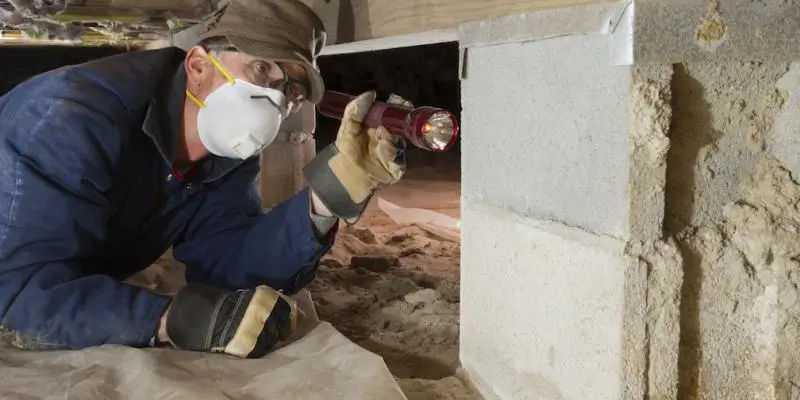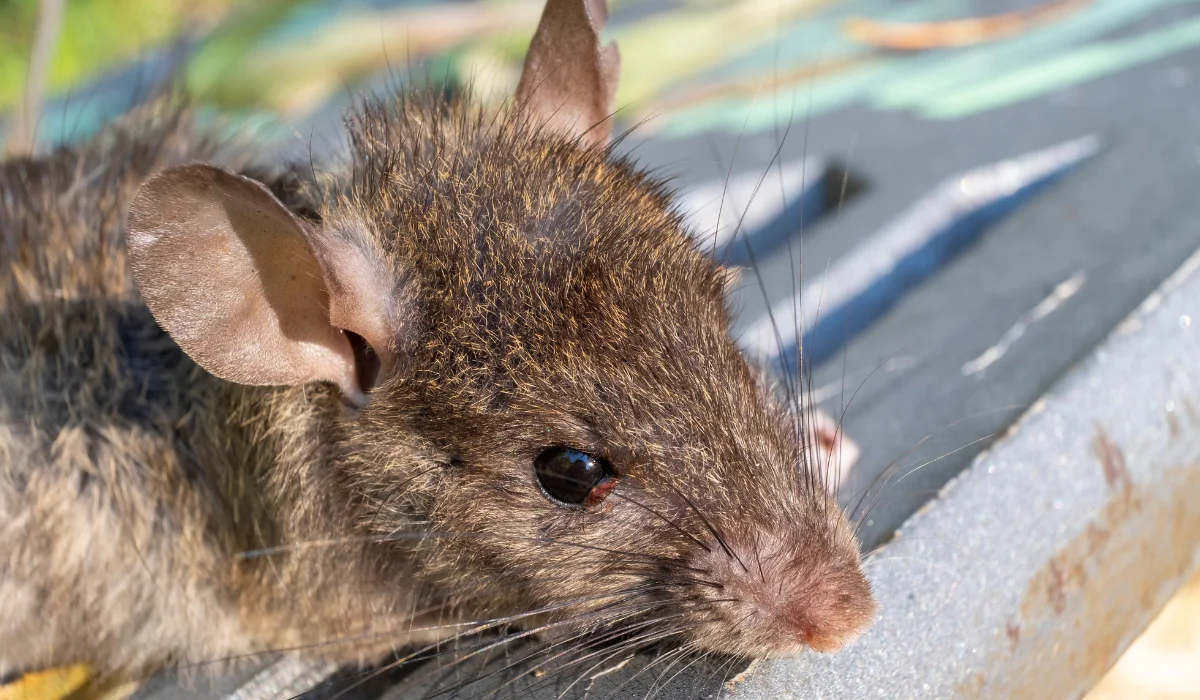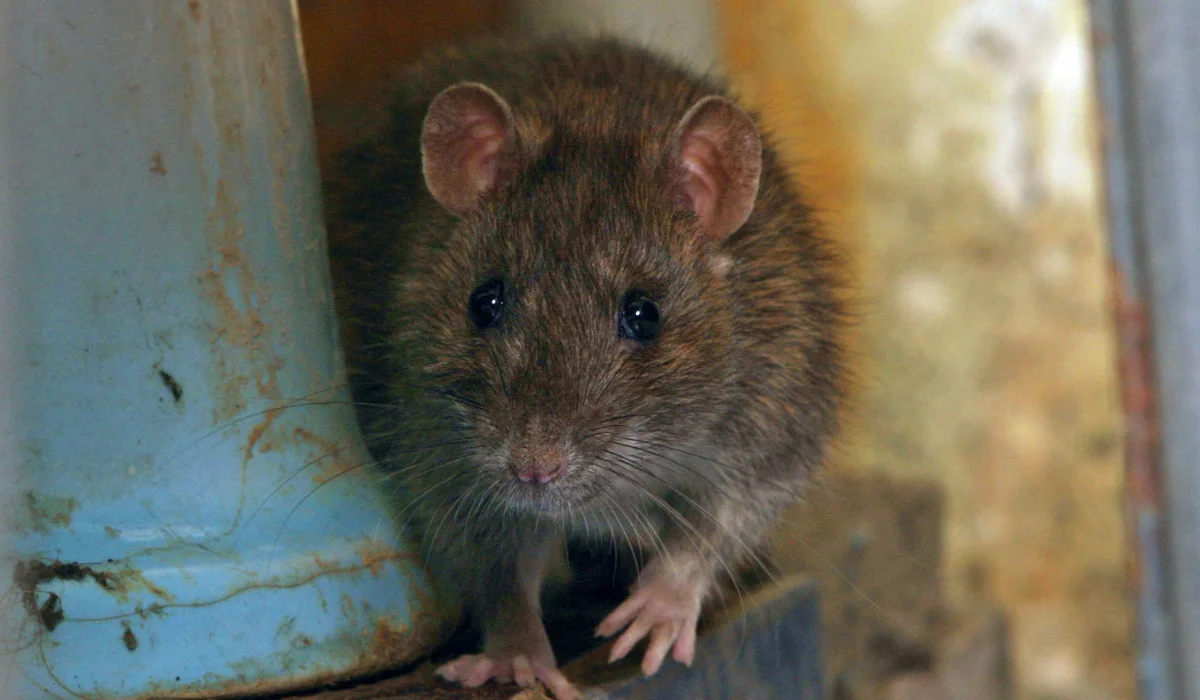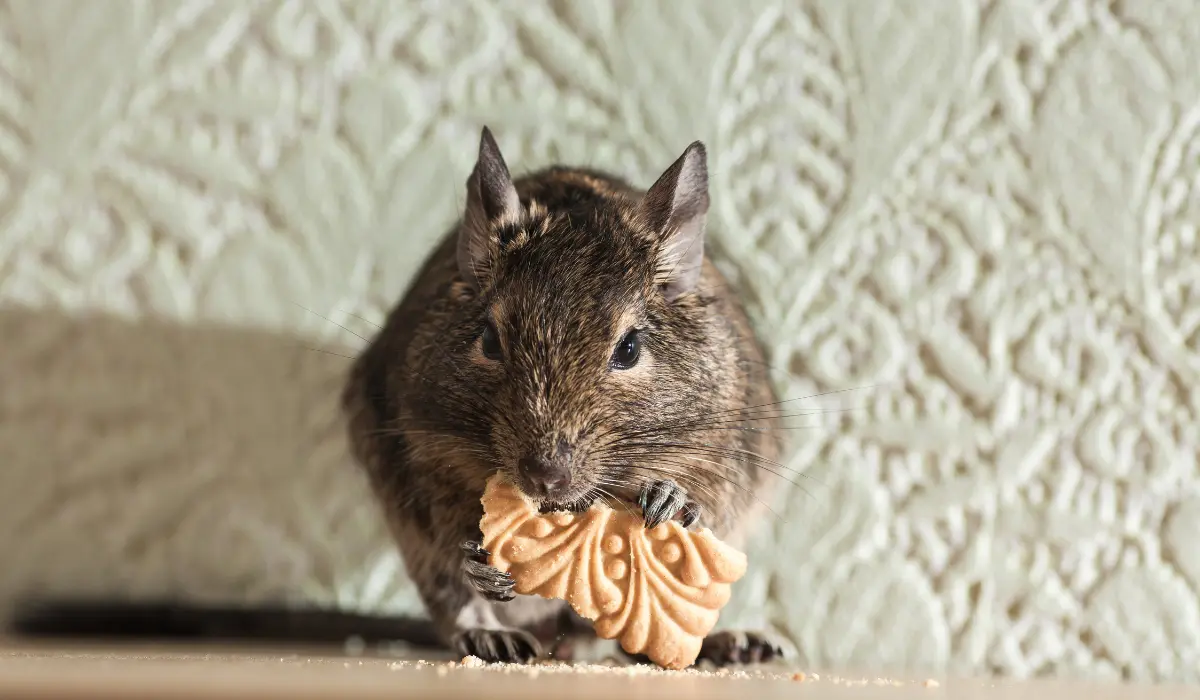In the heart of Louisiana, homeowners face a silent but formidable foe: termites. These pesky invaders, especially the notorious Formosan subterranean termite, find the warm, humid climate irresistible, silently gnawing away at the very foundations of your homes.
The threat is real and relentless, often going unnoticed until significant damage is done. But fear not! Recognizing the early signs of a termite infestation can be your first line of defense.
And with professional expertise, just a call away to safeguard your cherished home from these voracious pests is more manageable than you might think.
Delve into the world of these wood-munching culprits and uncover effective strategies to keep your South Florida residence strong and termite-free.
Key Takeaways
Termites cause significant damage in Louisiana due to the region’s favorable climate.
Early detection of termites is crucial for preventing extensive property damage.
Professional pest control is necessary to manage termite infestations effectively.
What Is a Termite?
Termites are social insects known for their wood-consuming habits, causing significant damage to homes and structures across Louisiana.
3 Types of Termites in Louisiana
In Louisiana, residents may encounter several termite species, each with unique characteristics and behaviors.
All these termite species are structured into a social hierarchy, with soldiers protecting the colony and workers maintaining and providing for the group.
Each plays a vital role in the colony’s survival and the proliferation of new colonies around the region.
1. Subterranean Termites
These are the most common termites in the state. They live in soil and build tunnels to access food sources above ground.
Typically, the swarming season of these termites starts in the spring. Specifically, Formosan termites tend to swarm in the late spring, often after a warm, rainy evening.
- Formosan Subterranean Termite: Also known as Formosan termites, they have an aggressive nature and large colonies. They are an invasive species, causing considerable concern.
- Eastern Subterranean Termites: These are less aggressive than Formosans but still threaten wooden structures.
2. Drywood Termites
Drywood termites prefer the warmer time of the year and usually swarm from late summer into early fall.
Unlike their subterranean counterparts, they don’t rely on soil moisture and can often be found in attic wood or wooden furniture.
- Western Drywood Termites: They are not as prevalent in Louisiana but may be found in imported wooden items.
- Dark Southern Drywood Termites: These species are in the state and infest attic spaces.
- Tropical Rough-headed Drywood Termites: They are also present in the state, commonly infesting attic spaces.
3. Dampwood Termites
Dampwood termites tend to swarm in the late summer rather than year-round. They’re less common in urban areas but can be a significant concern in homes with water damage or proximity to damp, wooded areas.
What Are the Signs of a Termite Infestation?
Termites in Louisiana can wreak havoc on homes, often unnoticed until significant damage is done. Spotting the signs of termites early is crucial.
Early Indicators
Swarming Termites: Be on the lookout for these flying termites, which signal the start of an infestation.
Discarded Wings: After swarms, typically during termite season, you might find piles of wings, indicating termites are settling nearby.
Intermediate Signs
Mud Tubes: These pencil-sized tunnels are a highway for termites, often found near the foundation of homes.
Gutters and Leaks: Termites are drawn to moisture. Leaks in gutters and other areas can attract termites to wooden structures.
Evidence of Rotting Wood: Check any area with rotting wood, as it is especially susceptible to termite infestations.
Advanced Warning Signs
Droppings: Also known as frass, these wood-colored fecal pellets usually accumulate near infested wood.
Blisters in Wood Flooring: Although they may resemble water damage, termites may be to blame for these blisters near or below the surface.
Sagging Floors & Hollow-Sounding Wood: These signs often mean the termite damage has progressed. Tapping on wood and hearing a hollow sound can indicate termite activity inside.
Damaged Wood and Drywall: Termites chew through wood and drywall, so any damage or pinholes should warrant closer inspection.
Remember, addressing signs early can prevent the infestation from reaching the more damaging advanced stages.
How to Get Rid of Termites
Termite infestations, especially after events like Hurricane Katrina, can lead to extensive property damage in Louisiana.
Eradicating these pests requires a multifaceted approach, along with Louisiana’s Commissioner of Agriculture guidelines.
Step 1: Initial Assessment and Detection
Identify the Infestation
This involves checking for signs like wood damage, discarded wings, or mud tubes, especially in prone areas like trees, firewood stacks, or any cellulose-rich materials around the property.
Professional Inspection
This is particularly crucial in regions like Calcasieu, Cameron, Jefferson, and St. Tammany, where experts assess the extent of infestation and structural damage, offering a professional gauge of the severity of the situation.
A professional pest control company like LaJaunie’s Pest Control offers free termite inspections in Louisiana. We want to ensure your home is protected from pests at all times with our New Orleans-area termite control services.
Step 2: Direct Treatment Methods
Termite Treatments
This encompasses a range of targeted strategies to combat termites directly, including:
Chemical Soil treatments: Creating chemical barriers to deter termite entry.
Bait systems: Establishing stations that attract and poison termite colonies.
Wood treatments: Treating wood to make it less appealing or vulnerable to termites.
Physical Barriers: Installing sand or metal mesh barriers typically during construction.
Fumigation: An intensive approach for severe or widespread infestations involving sealing the house and permeating it with gas to reach and eliminate all termites, queen included.
Step 3: Post-Treatment Care
Regular Maintenance
This involves your ongoing efforts to mitigate termite risk, such as removing or treating infested trees and firewood, sealing building cracks, and ensuring proper drainage to prevent the wood from becoming saturated and inviting to termites.
Quarantine
This is a proactive measure following significant events like hurricanes, particularly in areas like Jefferson Davis, Plaquemines, St. Bernard, St. Charles, St. John the Baptist, and Tangipahoa, aimed at containing and preventing the spread of termites by isolating and managing potentially infested materials.
–
Get $15 Off Your Termite Service Today!
–
What Are Strategies for Effective Termite Prevention?
Termites in Louisiana can pose significant risks to buildings if not appropriately managed. Property owners like you must proactively prevent termite infestations to protect their homes and structures.
Step 1: Reduce Moisture Near Foundation
Ensure proper drainage from your building’s walls and foundation to prevent water accumulation.
Regularly inspect and fix leaky pipes and maintain the roof to minimize moisture near the structure, as termites are attracted to damp areas.
Step 2: Conduct Regular Termite Inspections
Engage licensed professionals or seek guidance from the LSU AgCenter to conduct thorough termite inspections.
These experts can spot early signs of infestation, such as swarmers, indicating an active colony.
Step 3: Implement Termite Barrier Solutions
Install bait stations and apply liquid termiticide treatments around your property’s foundation to create a defensive barrier.
Consistently monitor and maintain these systems, reapplying treatments as per product guidelines or recommendations from a professional exterminator from here at LaJaunie’s Pest Control.
Step 4: Seal Entry Points
Stay vigilant for any cracks or crevices in walls or the foundation. Promptly seal these potential entry points to deny termites access to the structure.
Step 5: Perform Regular Inspection of Roof and Pipes
Conduct routine checks for leaks in the roof and pipes. Addressing these issues promptly can reduce moisture accumulation, making the area less attractive to termites.
By staying on top of these preventive measures, you can significantly mitigate the risk of a termite infestation, protecting your property from these destructive pests.
Pest Control Professionals in Louisiana
Remember, when infestations are severe or persistent, calling a professional pest control expert in Louisiana is the best way to tackle your termite problem fast.
If you have a persistent termite problem and are in need of help, give us a call at (+1)985-859-7378 or book a session online to secure fast and effective pest control services.
Frequently Asked Questions
Termites in Louisiana can be a significant threat to homes. Understanding how to tackle termite issues effectively is crucial for you and other regional homeowners.
How can you effectively eliminate termites in your home?
To effectively eliminate termites, homeowners should engage professional pest control services. They use advanced methods like termiticide barriers and bait systems to eradicate termite colonies.
What are the clear indicators that you might have a termite infestation?
Clear indicators of termite infestation include sawdust-like droppings, mud tubes on exterior walls, hollow-sounding wood, and discarded wings near windows or doors.
What time of year will you most likely see termite swarms in the state?
Termite swarms in Louisiana are most commonly observed during the spring and after rainfall when the weather begins to warm.
Are there specific types of termites that are native to Louisiana?
Louisiana is home to several termite species, including the Formosan subterranean termite, the Eastern subterranean termite, and the drywood termite.
Can a termite infestation cause serious damage to your property?
Yes, termite infestations can cause severe property damage. They can compromise the structural integrity of a building, leading to costly repairs. Termite control is much more cost-effective than dealing with an infestation after the fact.
What are the best methods to prevent termite problems in Louisiana homes?
Preventing termite problems involves reducing moisture around the home, maintaining a gap between wood and soil, and regular inspections by pest control professionals to catch early signs of infestation.
 By: LaJaunie's Pest Control
By: LaJaunie's Pest Control 



